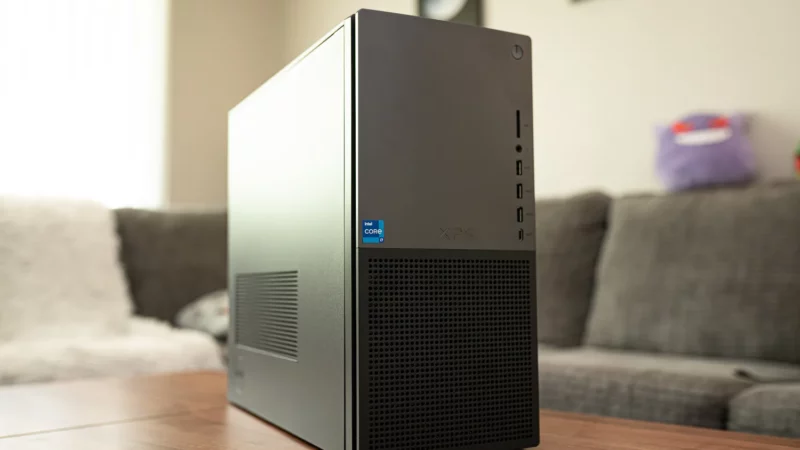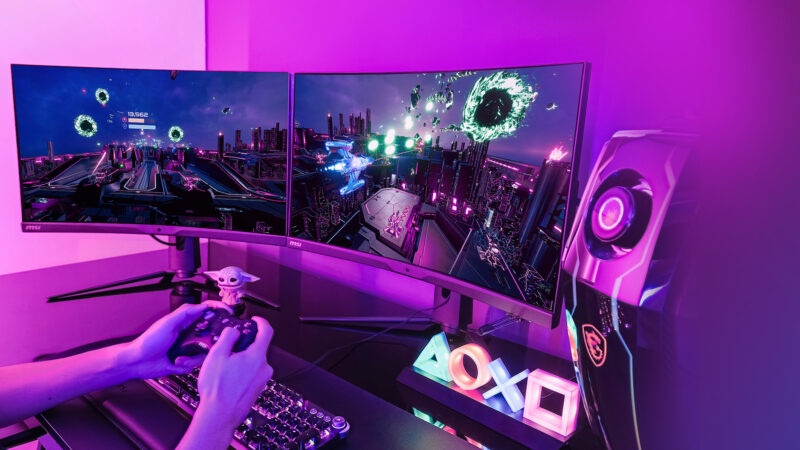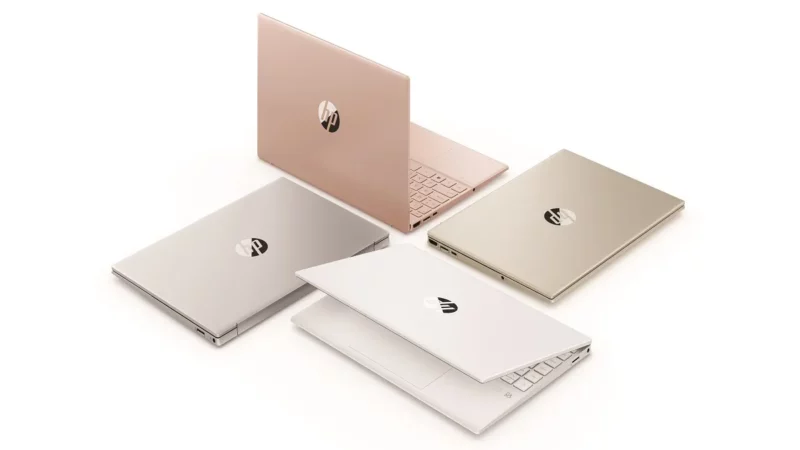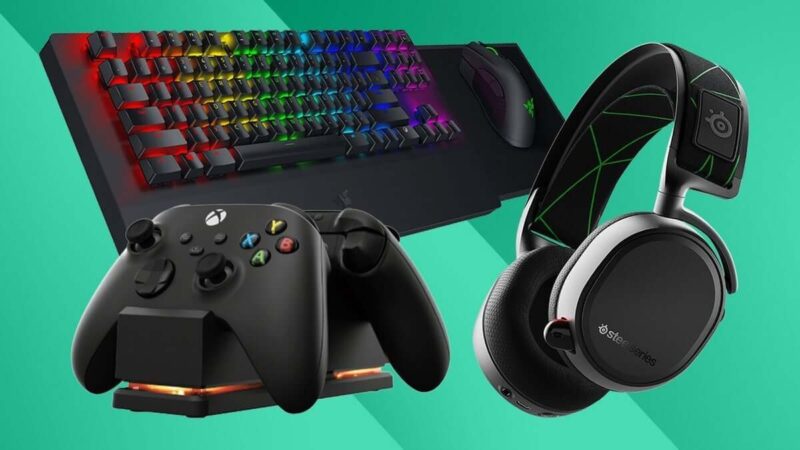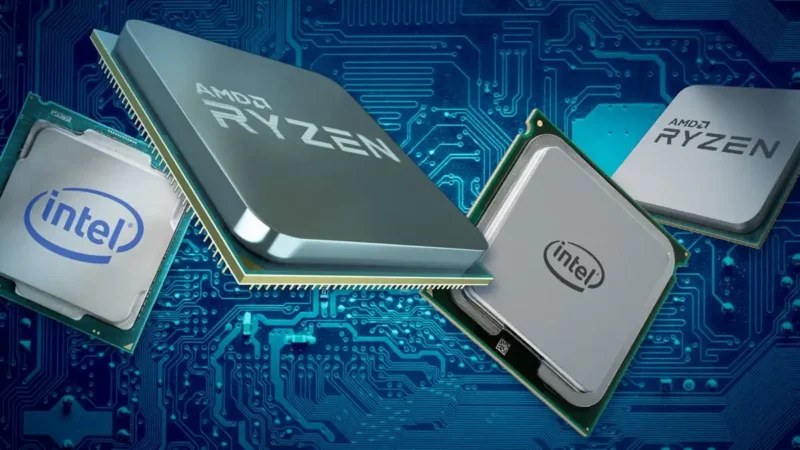How We Test Desktop PCs
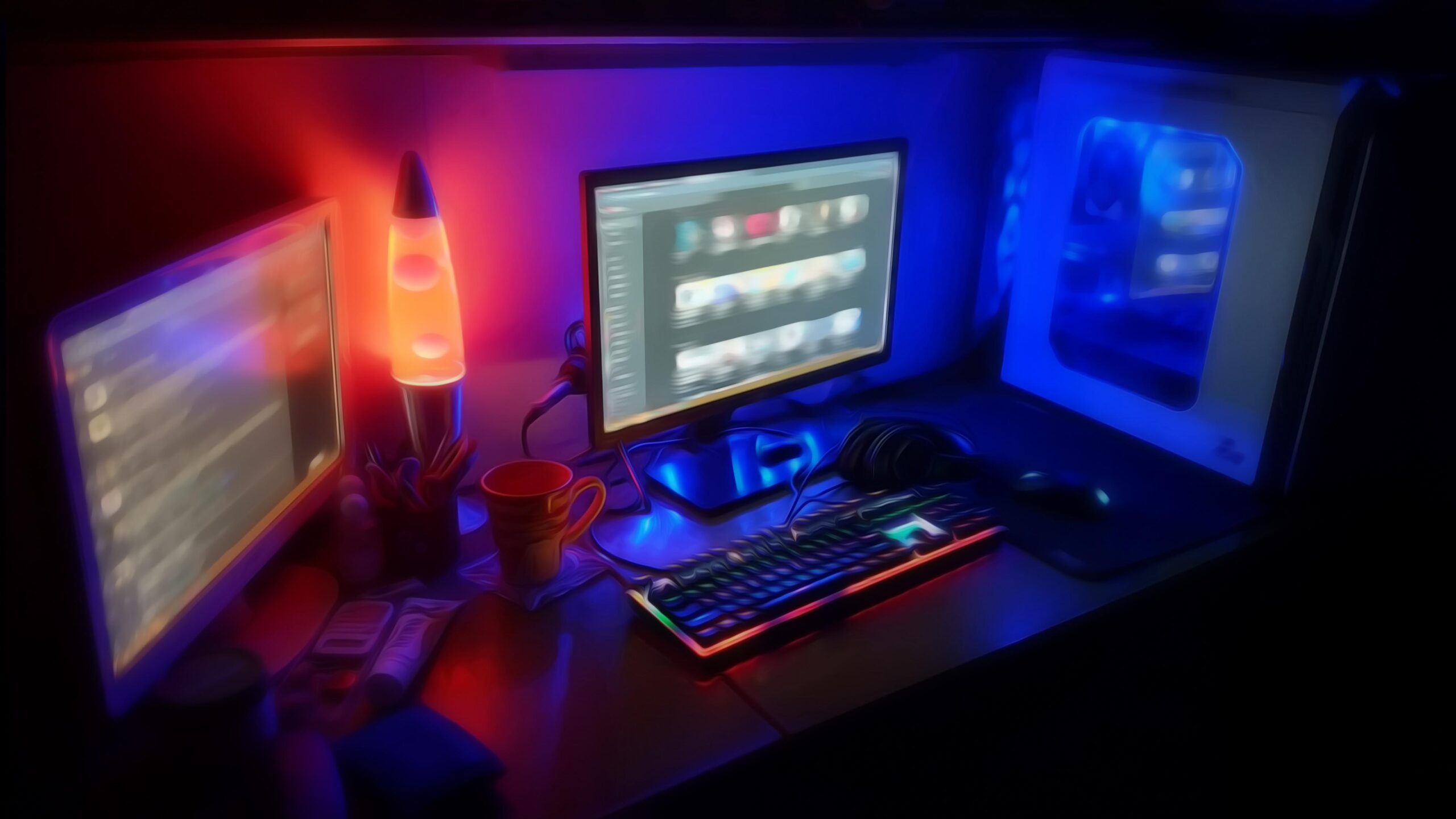
Desktop PCs have been a cornerstone of personal computing for decades, providing powerful performance, versatility, and reliability for a wide range of tasks. Whether you’re a gamer, a professional, or a casual user, choosing the right desktop PC is crucial to meet your specific needs. In this comprehensive guide, we will take you behind the scenes to reveal how we thoroughly test desktop PCs to help you make an informed decision when purchasing your next computing powerhouse.
1. Understanding the Testing Process
Before we delve into the nitty-gritty of our testing procedures, it’s essential to understand our overall approach to testing desktop PCs. We believe in comprehensive and unbiased evaluations that consider various factors, including performance, design, connectivity, and value for money. Our testing process involves a combination of synthetic benchmarks, real-world performance tests, and hands-on experience to deliver accurate and reliable results.
2. Selecting the PCs for Testing
To ensure a representative sample, we carefully select a diverse range of desktop PCs from leading manufacturers and lesser-known brands. We consider factors such as market popularity, user reviews, and unique features to create a well-rounded lineup for testing.
3. Performance Metrics
The heart of any desktop PC is its performance capabilities. To evaluate this crucial aspect, we subject each desktop to a series of rigorous benchmark tests, including CPU and GPU performance, memory speed, and storage read/write speeds. These benchmarks allow us to quantify the raw power and multitasking capabilities of each PC.
4. Real-World Performance Tests
While synthetic benchmarks provide valuable insights, real-world performance tests are equally important to assess how a desktop PC handles everyday tasks. We simulate various scenarios, including web browsing, media consumption, productivity, and gaming, to gauge the PCs’ responsiveness and efficiency in real-life situations.
5. Design and Build Quality
Aesthetics and build quality play a significant role, especially for users who value the visual appeal of their desktop PC. We carefully examine the design, build materials, and overall construction to assess the durability and aesthetic appeal of each system.
6. Connectivity and Expansion
A desktop PC’s versatility lies in its connectivity options and expansion capabilities. We scrutinize the number and types of ports, wireless connectivity, and potential for hardware upgrades to help you determine the best fit for your specific needs.
7. Noise and Heat Management
Performance is essential, but not at the cost of excessive noise or overheating. We evaluate each desktop PC’s noise levels and heat dissipation during various workloads to ensure a comfortable and stable computing experience.
8. Value for Money
An important consideration for many users is the value they get for their hard-earned money. We analyze the price-to-performance ratio of each desktop PC to identify which systems offer the best bang for your buck.
9. User Experience and Software
We delve into the pre-installed software and user experience offered by each desktop PC. A smooth and bloatware-free user experience is vital for seamless computing, and we highlight any noteworthy software features that enhance the overall experience.
10. Customer Support and Warranty
Reliable customer support and warranty coverage are essential factors to consider when investing in a desktop PC. We assess the manufacturer’s support channels and warranty policies to provide insights into the after-sales service you can expect.
Conclusion
Choosing the right desktop PC is a decision that warrants careful consideration. Our rigorous testing process aims to provide you with all the essential information needed to make an informed choice. By analyzing performance, design, connectivity, and value for money, we aim to guide you towards finding the perfect desktop PC that suits your specific requirements.
FAQs
1. What type of desktop PCs do you test? We test a wide range of desktop PCs, including gaming rigs, workstations, all-in-one PCs, and budget-friendly options, to cater to different user needs.
2. How do you ensure unbiased testing? Our testing process is completely unbiased and data-driven. We follow standardized testing methodologies, and our reviews are based on objective results.
3. Can I trust the benchmarks you use? We use industry-standard and widely recognized benchmarking tools to ensure the accuracy and reliability of our results.
4. Are your reviews updated regularly? Yes, we regularly update our reviews to reflect the latest hardware and software updates for each desktop PC model.
5. Do you consider user feedback in your reviews? While user feedback is essential, our reviews are primarily based on our independent testing and evaluation. However, we take user feedback into account to gain a broader perspective.

